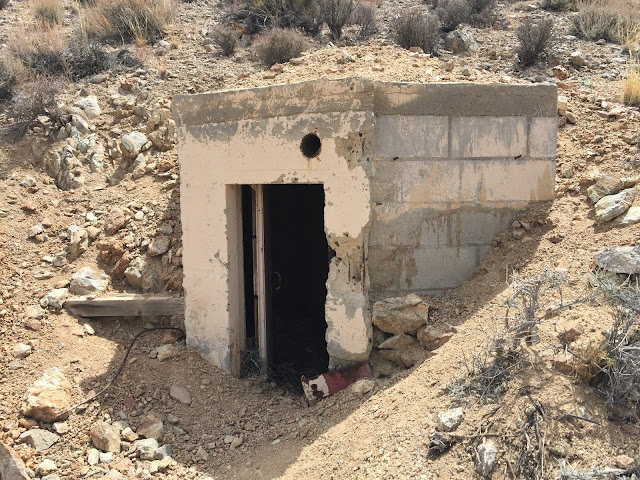 |
| Greenhorn Fritillary |
The Greenhorn Mountains are a southern Sierra Nevada sub-range northeast of Bakersfield and west of Lake Isabella in Kern and Tulare counties. This unique range hold several endemic flowers, two of which we were determined to see. Greenhorn Fritillary (Fritillaria brandegeei) has a California Rare Plant rating of 1B.3. The other is Shirley Meadows Star Tulip (Calochortus westonii) has a rare rating of 1B.2. Both are rare within their limited range and threatened by habitat destruction, logging, off-road vehicle use, and climate change. Susan had seen the star tulip many years ago, long before we were serious about this stuff. Neither of us had found the fritillary even after several search efforts over the past few years. We decided to give it another try this year in a new location during the peak blooming season of early May. We hiked off from the car on a closed forest service road in a promising area armed with information from sightings in previous years.
We reached the first point and came up empty. We pressed on to the next location and scored an excellent showing of star tulips. As we cast about looking for the fritillary, Susan came upon two plants that showed great promise, but weren't blooming yet. The plant structure was a match and we were sure we had found it, but we would need to return in about a week and hope the local deer would leave them alone in the meantime.
 |
| Shirley Meadows Star Tulip |
 |
| a fritillary not yet in bloom |
In the intervening week we took another hike in a different location in the Greenhorns. There was little chance for finding these rare plants on this hike (and we didn't), but the area was green and there were other great flowers, even with the drought conditions. Birding was exceptional with many species including several singing Nashville Warblers.
eBird List
 |
| Hiking at about 5,600 feet elevation in the Greenhorns |
 |
| Pacific Dogwood |
 |
| Common Madia |
 |
| Common Madia |
 |
| Purple Fairy Lantern |
 |
| Purple Owl's-clover |
 |
| Fivespot |
 |
| Common Madia |
And then it was time to return for our rarities. Our good friends Tom and Liga joined us for the adventure, serious flower hunters and birders themselves. We repeated the hike and went directly to the previous fritillary location, and scored! After soaking up the joy of seeing such a beautiful life flower and having lunch, we continued farther down the road beyond where Susan and I had stopped the week before. And holy cow, what a sight. For the next quarter of a mile each of us found more fritillaries in bloom, lots of them! There were easily a couple dozen plants in this small stretch. Wow! We spent a lot of time looking and photographing. And oh yes, we also found dozens of peak bloom star tulips. It was amazing.
 |
| Blooming Greenhorn Fritillary |
 |
| Susan, Tom, and Liga admire a fritillary |
 |
| Susan gets low for close-ups |
 |
| Shirley Meadows Star Tulip |
It was a special day with good friends, fantastic flowers, great birding, and perfect weather. It just doesn't get any better than that.

































































